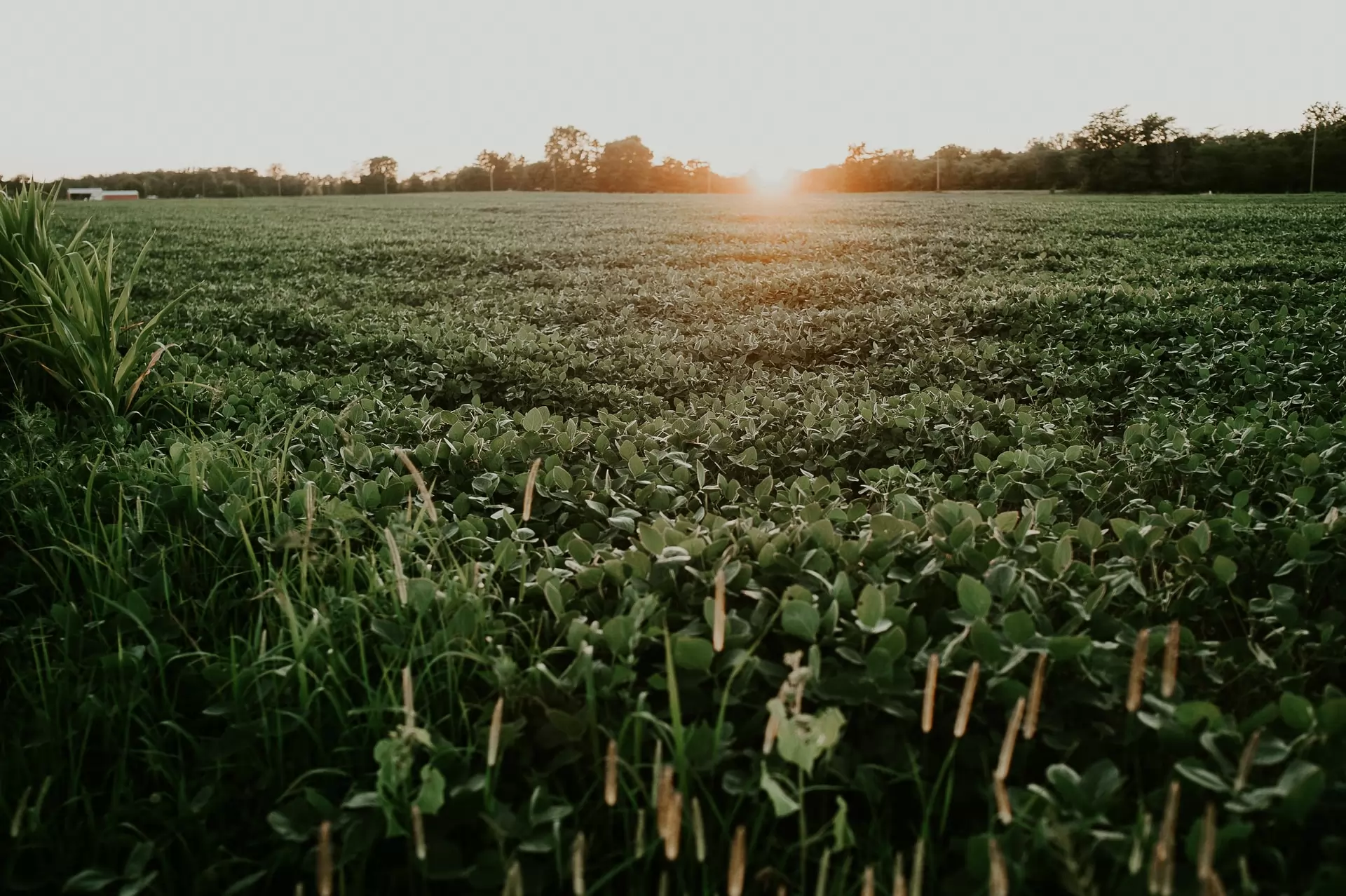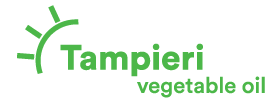Summary
to understand this market
Detailed content
 Inforamtion
Inforamtion
- Number of pages : 30 pages
- Format : Digital and PDF versions
- Last update : 22/06/2022
 Summary and extracts
Summary and extracts
1 Market Overview
1.1 Definition and presentation
Soybean is a vegetable protein-rich legume that is used widely as a food for both humans and farm animals. In human nutrition it is often used as substitutes for meat, fish, cheese or eggs. The benefits of this food are to reduce constipation problems and normalize glycemic and cholesterol levels.
The main types of soybeans on the market are:
- Soybeans Yellow: the most common one that is eaten in the form of burgers, tofu or sauces
- Soybeans Black: used mainly in China
- Soybeans Green: used for making soups, creams or sauces
As for the global soybean market, this had reached $125 110 million in the year 2020 and is expected to reach $164 940 million by the end of 2027 with a compound annual growth rate (CAGR) of 3.6 percent. The country producing and exporting the largest amount of soybeans is Brazil followed by the United States. In contrast, 30 percent of world soybean demand is required by the Chinese market.
Italy, compared to other European countries, leads in non-GMO soybean production. There has been a real boom in the sector in recent years: from the year 2018 to 2019 there has been a growth of 29% with a production increase of 50%. As reported by Istat data the hectares cultivated in Italy were 273 thousand with a production of over 1 million tons. In Italy the main region where soybeans are cultivated is Veneto with over 135 thousand hectares, followed by Friuli-Venezia Giulia with about 54 thousand hectares cultivated. This large use of soybeans is mainly due to the low production costs and high sales costs and to the fact that growing soybeans leads to disruption of the cereal succession and enrichment of the land.
1.2 World market
The world oilseeds market is a very dynamic market, as shown by the data in the graph below from the OECD and FAO Agricultural Outlook. From **** to ****, world soybean production is expected to increase by +**.* percent, cattle feed production by +**.* percent, and vegetable oil production by +**.* percent.
World oilseed production and ...
1.3 Domestic market and foreign trade
The Italian soybean market is largely dependent on imports of the product. In fact, as can be seen in the graph below, the country's trade balance is largely dominated by soybean imports: in **** Italy will import ****% more than it exports in soybeans. This does not mean that soybean crops do not ...
2 Demand analysis
2.1 Soybeans in livestock feed
According to Greenpeace, ** % of soy used in Europe is for animal feed, including nearly ** % for poultry, ** % for pigs, ** % for dairy cows, and * % for cattle. Moreover,"to produce *** grams of chicken, *** grams of soy are needed," the NGO calculates.[***]
Distribution of animal consumption of soybeans Europe, ****, in % Source: ****
Aseed is a structure ...
2.2 Food consumption: consumers' spending habits are changing
Consumer habits have changed profoundly in recent years, and plant-based products play a key role in these changes. Indeed, more and more consumers have decided to turn to ***% plant-based products. if, especially in the early ****s, the consumption of these products was due to wanting to follow the "fashion" of the ...
3 Market structure
3.1 Value chain
This is the value chain of soybeans, from harvest as seed to use as a processed product.
Source: ****
3.2 Soybean cultivation in Italy
The following data refer to soybean cultivation in Italy. We see in the graph below that harvested production in millions of quintals has remained abnormally stable from **** until now.
Harvested production of soybeans Italy, ****-****, million quintals Source: ****
Veneto
***
*** of hectares
***,***
Northeast.
past ** years
Area invested in soybean ...
3.3 Italian soybean oil production
As mentioned above, the vast majority of soybeans are imported. On the other hand, the production of some soybean products can be found in the Prodcom database in Italy, including the following products:
******** Soy sauce ******** Oil cake and solid residues from soybean oil extraction ******** Refined soybean oil
The data for ...
4 Supply analysis
4.1 Raw material prices
In the long run, the price of soybeans has remained fairly stable. In fact, between **** and ****, the price of a ton will cost on average between *** and *** euros .
Between July **** and April ****, however, the price of soybeans increased by ** %, as the chart below shows. The price of a ton of soybeans ...
4.2 Prices charged in the market
To analyze the products practiced in the market, we refer to soybean but also to soybean-derived products, namely:
[***]
5 Regulations
5.1 The regulatory framework for soybean production
Codex Alimentarius was established by FAO and WHO for safety, quality and fair practices in international food trade. It characterizes plant protein materials and sets standards for protein content. It determines designations and also specifies rules for labeling. The percentage of protein content varies depending on whether it is in flours ...
6 Positioning of actors
6.1 Segmentation of actors
- Magnolia
- Cereal Docks
- Tampieri
- Oleificio San Giorgio
 List of charts
List of charts
- World oilseed production and forecast
- Distribution of animal consumption of soybean
- Chemical composition of soybean
- Chemical composition of soybean meal
- Why Italians choose plant-based products
All our studies are available online in PDF format
Take a look at an example of our research on another market!
Companies quoted in this study
This study contains a complete overview of the companies in the market, with the latest figures and news for each company. :
 Choosing this study means :
Choosing this study means :
Access to more than 35 hours of work
Our studies are the result of over 35 hours of research and analysis. Using our studies allows you to devote more time and added value to your projects.
Benefit from 6 years' experience and over 1,500 industry reports already produced
Our expertise enables us to produce comprehensive studies in all sectors, including niche and emerging markets.
Our know-how and methodology enable us to produce reports that offer unique value for money.
Access to several thousand articles and paid-for data
Businesscoot has access to all the paid economic press as well as exclusive databases to carry out its market research (over 30,000 articles and private sources).
To enhance our research, our analysts also use web indicators (semrush, trends, etc.) to identify market trends and company strategies. (Consult our paying sources)
Guaranteed support after your purchase
A team dedicated to after-sales service, to guarantee you a high level of satisfaction. +44 238 097 0676
A digital format designed for our users
Not only do you have access to a PDF, but also to a digital version designed for our customers. This version gives you access to sources, data in Excel format and graphics. The content of the study can therefore be easily retrieved and adapted for your specific needs.
 Our offers :
Our offers :
the soybean market | Italy
- What are the figures on the size and growth of the market?
- What is driving the growth of the market and its evolution?
- What is the positioning of companies in the value chain?
- Data from several dozen databases
5 reports pack (-15%) IT Italy
- 5 reports at €75.6 excluding VAT per study to choose from our Italian catalogue for 12 months
- Save 15% on additional studies purchased
- Choose to be refunded any unused credit at the end of the 12-month period (duration of the pack)
See the terms and conditions of the pack and the refund of unused credit.






















